Edith Wharton
 When one thinks of old New York and the literary scene you can't help but instantly think of Edith Wharton. Wharton was a writer of great note, she was not only repeatedly nominated for the Nobel Prize in Literature, but won the Pulitzer Prize for The Age of Innocence. Friends with many of the literary elite of the day, she was able to combine her insider's view of America's privileged classes with her own insights to create works with depth and a social and psychological conscience. Her books captured New York at the turning of the last century for all readers. What better way to step into the past then to pick up The Age of Innocence and be lost in the doomed affair of Newland Archer and the Countess Olenska? But what is truly amazing about New York is that there are pockets within the city that have barely changed in a hundred years. There are houses and parks that remain just as they are, like they are trapped in a little time bubble. It is just as easy to get lost on a side street and end up in Wharton's world as it is to turn the pages of a book.
When one thinks of old New York and the literary scene you can't help but instantly think of Edith Wharton. Wharton was a writer of great note, she was not only repeatedly nominated for the Nobel Prize in Literature, but won the Pulitzer Prize for The Age of Innocence. Friends with many of the literary elite of the day, she was able to combine her insider's view of America's privileged classes with her own insights to create works with depth and a social and psychological conscience. Her books captured New York at the turning of the last century for all readers. What better way to step into the past then to pick up The Age of Innocence and be lost in the doomed affair of Newland Archer and the Countess Olenska? But what is truly amazing about New York is that there are pockets within the city that have barely changed in a hundred years. There are houses and parks that remain just as they are, like they are trapped in a little time bubble. It is just as easy to get lost on a side street and end up in Wharton's world as it is to turn the pages of a book.
 Washington Square Park was the epicenter of literature and wealth at the end of the 1800s, before everyone fled uptown. Being in the heart of Greenwich Village, it is still a center for culture, only a little less affluent. Aside from a lack of gallows, this park located at the end of 5th Avenue could easily be the same as it was when Wharton looked out her windows. A few years back when I was visiting New York I was in search of the old city and was on my way to the Merchant's House Museum, which is a mere five blocks away from Washington Square Park, so obviously the park became part of this visit. While this isn't about that museum visit I still have to mention it because it was amazing and perfect for those looking for lost New York in that it is one of the only houses still exactly as it was when it was built in 1832. Plus if you visit in the fall, which I did, they deck the whole place out in Victorian mourning, which was beyond fascinating. But I doubt their claims that the house is haunted, I'm pretty good at picking up on the weird vibes, and I felt nothing, aside from being freaked out by a mannequin in a bed.
Washington Square Park was the epicenter of literature and wealth at the end of the 1800s, before everyone fled uptown. Being in the heart of Greenwich Village, it is still a center for culture, only a little less affluent. Aside from a lack of gallows, this park located at the end of 5th Avenue could easily be the same as it was when Wharton looked out her windows. A few years back when I was visiting New York I was in search of the old city and was on my way to the Merchant's House Museum, which is a mere five blocks away from Washington Square Park, so obviously the park became part of this visit. While this isn't about that museum visit I still have to mention it because it was amazing and perfect for those looking for lost New York in that it is one of the only houses still exactly as it was when it was built in 1832. Plus if you visit in the fall, which I did, they deck the whole place out in Victorian mourning, which was beyond fascinating. But I doubt their claims that the house is haunted, I'm pretty good at picking up on the weird vibes, and I felt nothing, aside from being freaked out by a mannequin in a bed.
 Anyway, back to Washington Square. While yes, the arch does dominate the scene, I found myself entranced by the luscious red brick buildings that surround the park. Of course it was one of these buildings that Wharton lived in. Before leaving the city of her birth and building The Mount up in Massachusetts, she lived at 7 Washington Square North. As Wharton sat in her house she could look out and see Robert Lewis Stevenson talking to Mark Twain, as they met there in 1888. Many artists from the Hudson River School might have dropped by the park to paint it. At the nearby Hotel Albert, 23 East 10th Street, three blocks away from the park on the corner of University Place and East 10th Street, everyone from Walt Whitman to William Faulkner were mingling. Wharton had the cream of the literary crop always a moment away.
Anyway, back to Washington Square. While yes, the arch does dominate the scene, I found myself entranced by the luscious red brick buildings that surround the park. Of course it was one of these buildings that Wharton lived in. Before leaving the city of her birth and building The Mount up in Massachusetts, she lived at 7 Washington Square North. As Wharton sat in her house she could look out and see Robert Lewis Stevenson talking to Mark Twain, as they met there in 1888. Many artists from the Hudson River School might have dropped by the park to paint it. At the nearby Hotel Albert, 23 East 10th Street, three blocks away from the park on the corner of University Place and East 10th Street, everyone from Walt Whitman to William Faulkner were mingling. Wharton had the cream of the literary crop always a moment away.
 There is a feeling in the park that I can't describe, an old and a new coming together to form that ineffable feeling that is what makes New York so unique and indescribable all at the same time. This painting captures for me that feeling in a way my words will always fail. Looking at this gorgeous painting Wharton's house would be that building on the right of the arc. She was there. She was in the center of it all. She is, in my mind, what true Literary New York is and always will be.
There is a feeling in the park that I can't describe, an old and a new coming together to form that ineffable feeling that is what makes New York so unique and indescribable all at the same time. This painting captures for me that feeling in a way my words will always fail. Looking at this gorgeous painting Wharton's house would be that building on the right of the arc. She was there. She was in the center of it all. She is, in my mind, what true Literary New York is and always will be.
























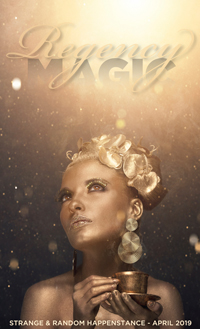
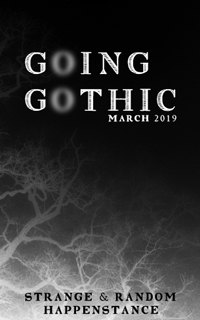
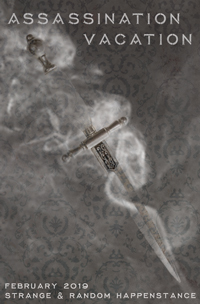
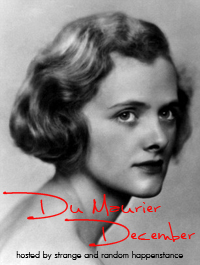
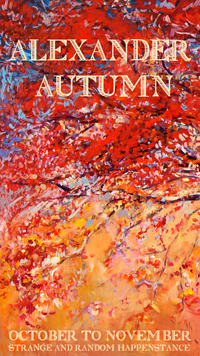


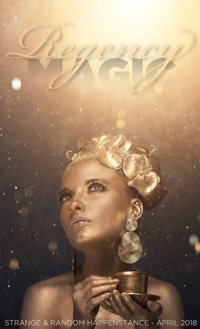


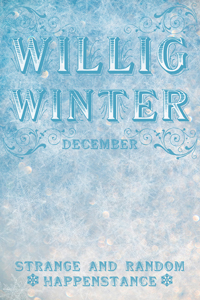

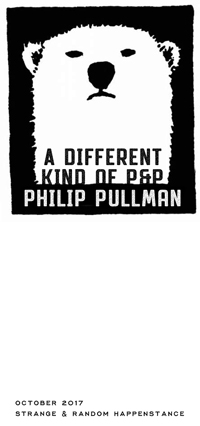


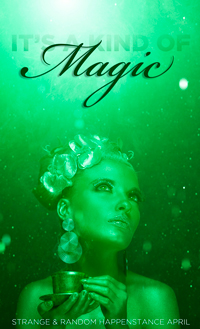
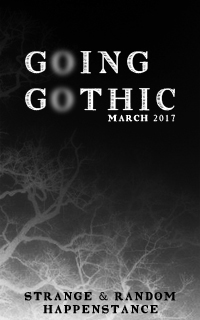

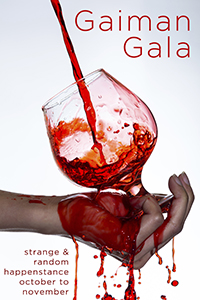
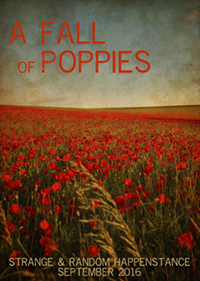

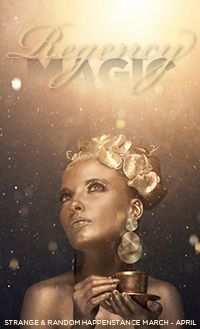

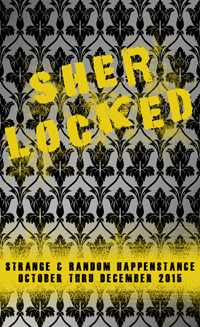
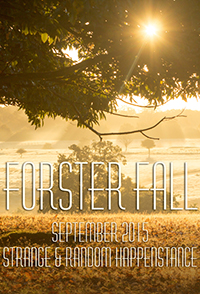

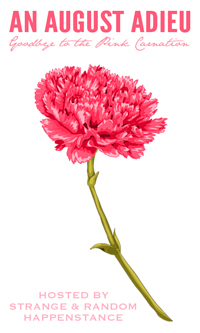

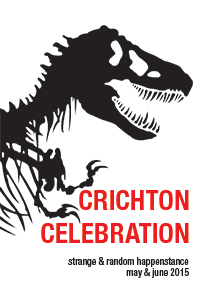


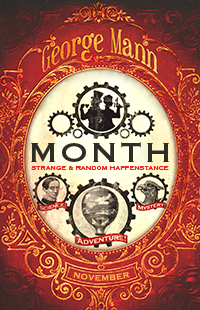

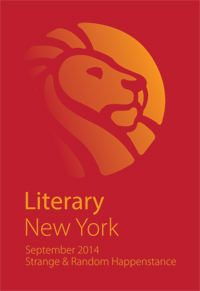
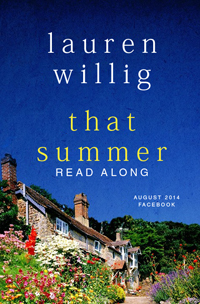


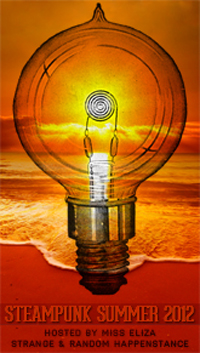
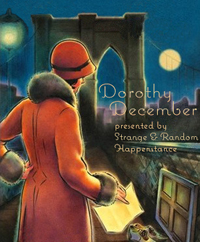























Post a Comment